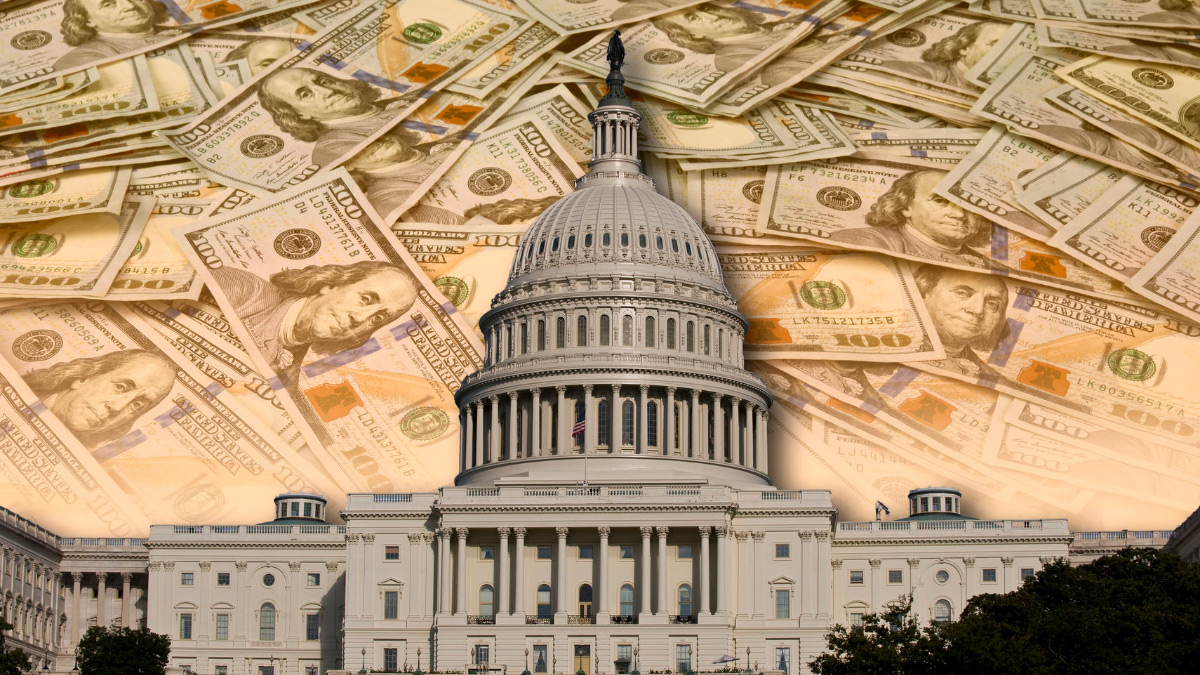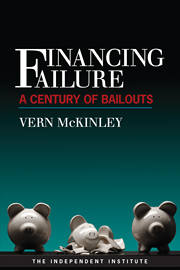If there is one lesson casual observers took away from the global fi nancial crisis and the accompanying bailouts of the 2000s, it is that the American government does not believe that a big financial institution can be allowed to fail. According to many of the nation’s key policymakers, including and most notably Timothy Geithner and Ben Bernanke, the interconnections and potentially hazardous economic consequences are simply too great to risk shutting down such a behemoth. In October, for example, rumors swirled that Dexia Bank of Belgium, which was bailed out three years earlier, is now a prime candidate for another bailout to avoid such a doomsday scenario. To take the Geithner and Bernanke theory one step further, the idea of shutting down a multitude of large banks in response to a single crisis would be unthinkable. According to the Chicken Little crowd, the sky would collapse if policymakers made that choice, as credit lines would freeze up and the fi nancial system in question would be plunged into a Depression-like frenzy that would take decades to recover from.
A little trivia game is in order to test how this narrative actually compares with the history of banking reality. What do the following companies have in common: MCorp, Republic Bank Corporation, BancTexas, First City Bancorporation, Texas American Bancshares, Interfirst, National Bancshares Corporation, Texas Commerce Bancshares, and Allied Bankshares? The answer is that these were 9 of the top 10 banks in the Texas economy during the early 1980s. Texas, as one of the largest states in the country, by no means operates a small economy. If it were an independent nation, Texas would be the 13th largest economy in the world. From the late 1980s to the 1990s, a mere decade after the height of the glory days for these institutions, all nine were wiped off the banking map. The first seven on the list failed outright, and the last two were approaching failure when taken over by out-of-state bidders. In fact, two of the banks, BancTexas and First City, approached failure twice: the first time, the FDIC bailed them out (in 1987 and 1988). Even with those bailouts, both banks ultimately failed just a few short years later.
The Texas economy was highly regulated in the 1980s, with strict limits on out-of-state ownership leading to a closed banking system. Unlike the heavily interventionist response to the 2000s’ crisis supported by Geithner and Bernanke, the response to the 1980s crash was to deregulate and tear down arbitrary government restrictions on banking ownership. Major Texas banks, with state banking-industry support, persuaded the governor to call the Texas legislature into special session in the summer of 1986. The legislature passed an interstate banking law and approved a public referendum in the November election to amend the state’s constitution to permit limited branch banking. The interstate banking law took effect on January 1, 1987, allowing private deals to occur.
The Texas economy has done well since the 1990s, rebounding and stabilizing in the wake of these changes. There are many reasons for this, but the short answer is that Texas was willing to sacrifice short-term comfort for long-term sustainability and endured through the difficult adjustments to rebalance its economy: unemployment spiked, the economy became more diversified, hundreds of companies filed bankruptcy, and the above banks were allowed to fail. In the aftermath of these wrenching changes, unemployment is now well below the U.S. average and Texas has the strongest economy of the largest states in the nation. As was the case in Texas during the 1980s, when the state responded to big banks approaching failure by shutting them down and opening up the banking system, the economy recovered more strongly. That result is one that Geithner and Bernanke’s theory would have a hard time explaining, but is nevertheless the most productive recipe for recovery that the federal government should follow to reverse the ongoing economic malaise








